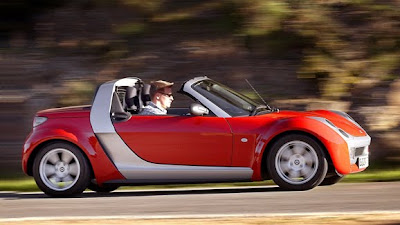MG J-type Midget (J1, J2, J3, J4)
ป้ายกำกับ: Article , Autos , Cars , Cars Article , Cars Models , Classic Cars , Classic Cars Article , Club , J1 , J2 , J3 , J4 , MG Cars , MG J-type , MG J-type Midget , MG Midget , MG Midget Cars , New
Mg Midget Cars
MG J-type Midget (J1, J2, J3, J4)
Mg Midget Cars
MG J-type Midget (J1, J2, J3, J4)
J1
J2
There were a few serious failings of the J2, most seriously that it only had a two bearing crank shaft which will break if over-revved. The overhead camshaft drive is by a vertical shaft through bevel gears, a shaft which also forms the armature of the dynamo. Any oil leak from the cambox seal goes into the dynamo brushgear and likely a fire.
Another problem was that it was not fitted with hydraulic brakes, but had Bowden cables to each drum. These require no more pedal force than any other non-power-assisted drum brake, provided that they're well maintained and aren't sloppy or stretchy. The drums themselves are small and even in period it was a common modification to replaced them with larger drums from later models.
The non-syncromesh gearbox takes some getting used to, as for any car of this period, but with its short gear stick it becomes second nature to double de-clutch and rare to grind the gears.
J3
J4
Related : MG J-type Midget (J1, J2, J3, J4) From Wikipedia, the free encyclopedia, Mg Midget Cars






































